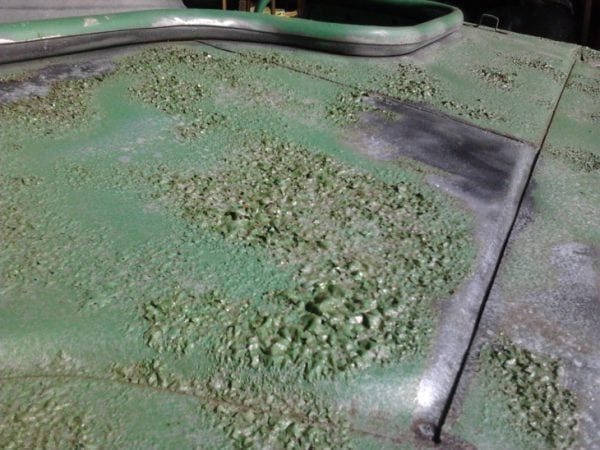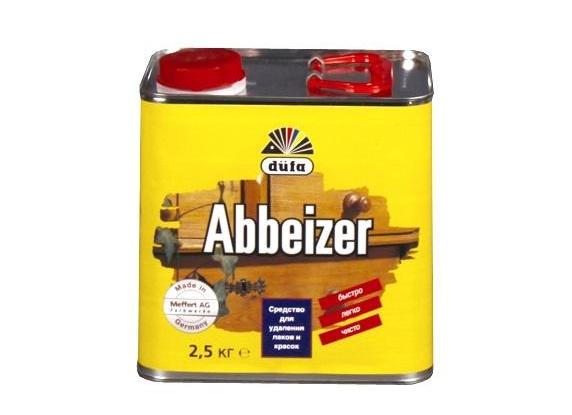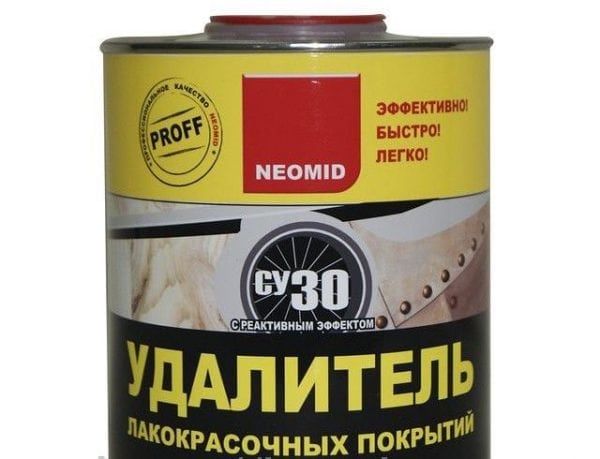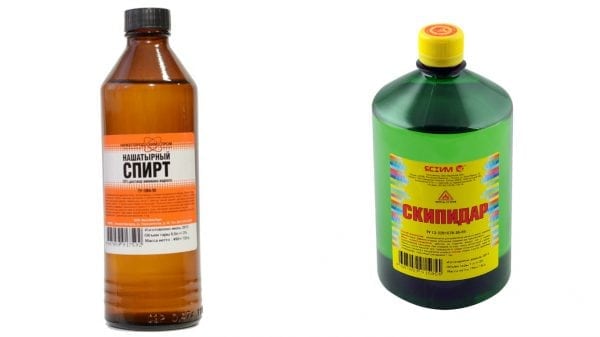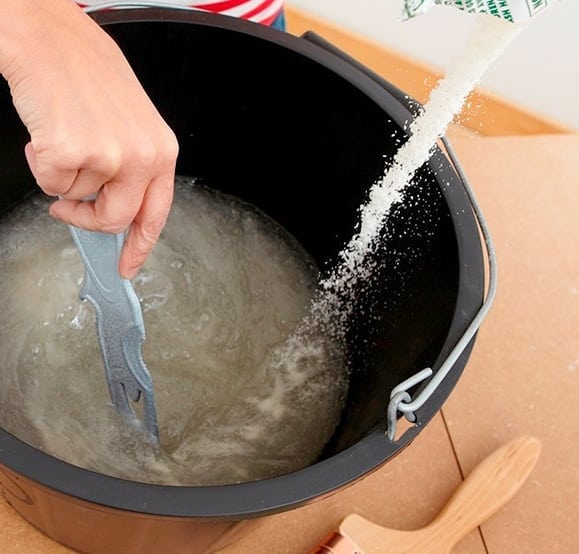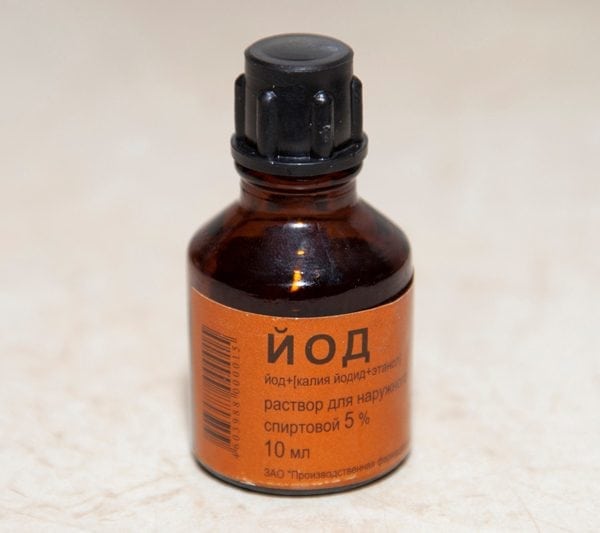In many cases, before painting the surface, you must remove the old coat of paint. The most effortless way to do this is to use a special chemical agent used to remove the paint layer. Wash formulations contain polyester or carbon solvents.
- Oil paint removal
- Flushing compound "Constant"
- Folk remedies
- Removal of water based paints
- Removing any kind of paint
- Useful Tips
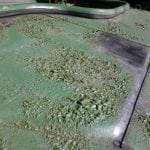
Oil paint removal
There are many chemical washes for sale. oil paint remover (for example, "Constant", "Neomid", "Dufa Abbeizer"). They contain acetone, paraffin, organic solvents. The action of the washes is noticeable after 5-10 minutes: the coating softens, deforms, after which it is easy to remove with a spatula.
Material consumption can range between 150 and 400 grams per square meter. The specific flow rate is almost impossible to determine in advance, since it largely depends on the thickness of the paint layer. Based on the foregoing, it is recommended to buy a wash with a certain margin.
to contents ↑Flushing compound "Constant"
As an example of washing, consider the composition of the Constant trademark of Ukrainian production. "Constant" can be used to remove oil, pentaphthalic and glyphthalic paints, varnishes, varnish from wooden and metal surfaces.
"Constant" contains organic solvents, disintegrants, thickeners. Externally, the wash looks like a thick gray-white or brown-yellow suspension. The average consumption of the drug “Constant” is from 150 to 170 grams per layer.
Technical parameters of the washing composition:
- The share of non-volatile components is from 2 to 10%.
- The evaporation rate at a temperature of 20 degrees above zero - up to 6%.
- The time taken to flush one layer is up to 20 minutes.
- Corrosive to metal - from 20 minutes.
Note! The drug should be stored in hermetically sealed packaging, away from direct sunlight or heating devices.
The composition does not need to be diluted with a solvent, as it is already ready for use. However, the solution must be thoroughly shaken before use: it is important to achieve its uniformity. If even after shaking, delaminations remain (usually a consequence of storage at low temperatures), it is recommended to heat the jar in a water bath.
A wash is applied using a brush or roller at an air temperature of at least 10 degrees Celsius. After approximately 20 minutes, softening and delamination of the paint material will begin. If the layer is too thick and cannot be removed immediately, you can repeat the surface treatment with a washing compound.
After removing the coating, the surface should be wiped with a solvent, but not with any, but from the volatile group. This is an important point, as solvent residues can destroy the new finish.
If you remove oil stain from clothes, then it must be washed.
to contents ↑Folk remedies
If there is no time or money to purchase a flushing composition, the oil coating can be washed off using the following folk methods, time-tested:
- Mixtures of turpentine with ammonia. The solution is made in this proportion: for 2 parts of ammonia we take 1 part of turpentine. We apply the liquid with a brush, wait for an hour until the coating begins to swell. We remove it with a spatula, rinse, dry the cleaned surface.
- A solution of quicklime (70%), potash (30%). Water is added in such a way as to obtain a viscous mixture. We apply the finished substance to the desired area, wait for at least 12 hours, after which we remove the paint and varnish with a spatula.
- A paste-like mixture of chalk and lime dough. We prepare the composition as follows: mix 5 kilograms of chalk with the same amount of lime dough. Add a little 20% caustic soda. We put the paste-like substance with a 2-mm layer on the processed material. After 60-90 minutes, the paint layer will become malleable, it can be removed mechanically.
Removal of water based paints
You can remove a layer of a water-based coloring agent at home in several simple ways, including:
- The combination of brushing with metal teeth and exposure to ordinary warm water. First, we leave with a brush deep scratches on the surface. Then we wet the roller in warm water, carefully process the surface. We wait for 10-15 minutes until the paint swells and begins to exfoliate. We remove it with a metal scraper.
- Wallpaper glue. We take any sheet of paper, apply glue to it, put it on the paintwork. We wait until the glue dries. Then, using a spatula, remove.
Removing any kind of paint
Removal Tools:
- Iodine solution. To do this, add 200 milliliters of iodine to a 10-liter water tank. Stir the solution well, apply it to the surface. After some time, cracks will appear.
- Soap solution. The recipe involves the use of ordinary laundry soap. We take a bar of soap, rub it on a grater, mix the resulting mass with water.
- A solution of ammonia. To make it, you will need 250 milliliters of ammonia, 2 kilograms of chalk, a liter of water. The solution is a porridge-like consistency. The resulting mass is applied to the surface. After a few hours, the old coating will begin to peel off.
- With latex coatings, dichloroethane and chloroform do a good job. Any of these components can be safely added to the solution.
- If the surface is painted with acrylic paint, to improve the working qualities of the solution, you can add alcohol (vodka) or salicylic acid to it.
Useful Tips
It is recommended to adhere to the following rules:
- The wash should be appropriate for its purpose. If the composition is intended for metal, its use on a wooden surface is not only inefficient, but also destructive for the material.
- Universal compounds are able to remove all types of coatings, but their effectiveness is lower than that of specialized products aimed at specific types.
- It is hardly worth giving preference to overly active solutions. They are toxic and can sometimes damage the surface. Modern washes from well-known manufacturers have a milder effect, but at the same time they emit less toxins.
- It is not recommended to mix different drugs with each other, since the consequences of this are unpredictable.
- The coating does not always peel off after the first treatment. If the material is covered in several layers, you will need to process it several times.
- When working with chemicals, it is necessary to ensure good air circulation in the room - this will help toxins to weather.
- If you have a choice, it is recommended to give preference to gel pastes. They are more expensive than liquids, however, due to the higher concentration of active components, their effectiveness is higher. In addition, pastes are more convenient to treat vertical surfaces, since the gel is characterized by low fluidity.
- If the wash contains paraffin (it acts as an evaporation inhibitor), the surface must be degreased. If this is not done, a proper level of adhesion will not occur between the new layer and the base.
The process of washing off paint at home does not require high qualifications and can be carried out by anyone. However, even such simple work is best done in strict accordance with the instructions, while observing safety precautions.

